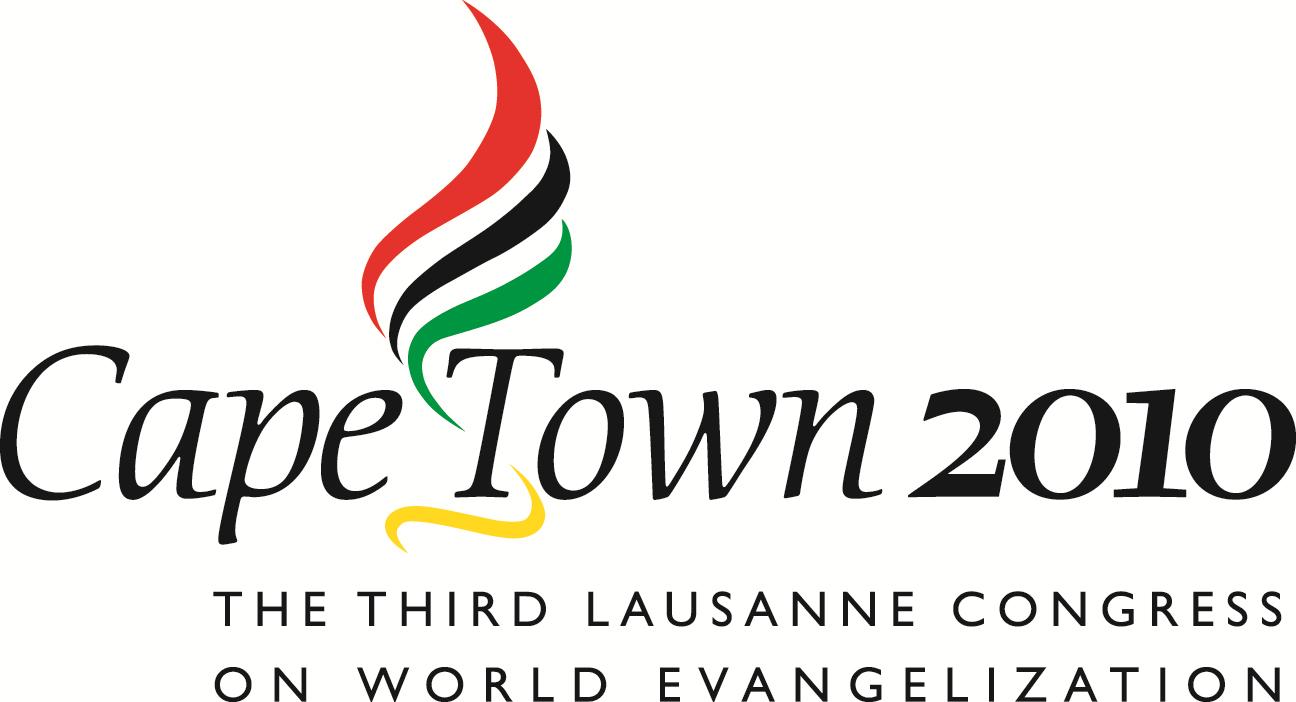Please Note: All posts on this blog are intended for informational purposes only, not as an evaluation or endorsement of any artist, art form, organization or website. If you have concerns about the accuracy of any information presented please contact the author at hmsarthistorian@gmail.com.
I recently came across a news story about a group of Catholic Christians in India who are getting serious about deepening the connection between their faith and the visual arts. The story describes the formation of the Indian Christian Artists Forum, which seeks to "promote study and appreciation of Christian art among various sections of the people- clergy, religious and laity in the church, and the wider society in India, and to encourage a deeper understanding, appreciation and application of Indian Christian art in theology, liturgy and architecture in the Church in India." The forum was convened by artist/priest Dr. Paul Kattukaran, and consists of fifteen renowned artists from various parts of India. At their inaugural meeting in August, the group appointed Kattukaran as the national coordinator for the forum.
_cropped.jpg)

























